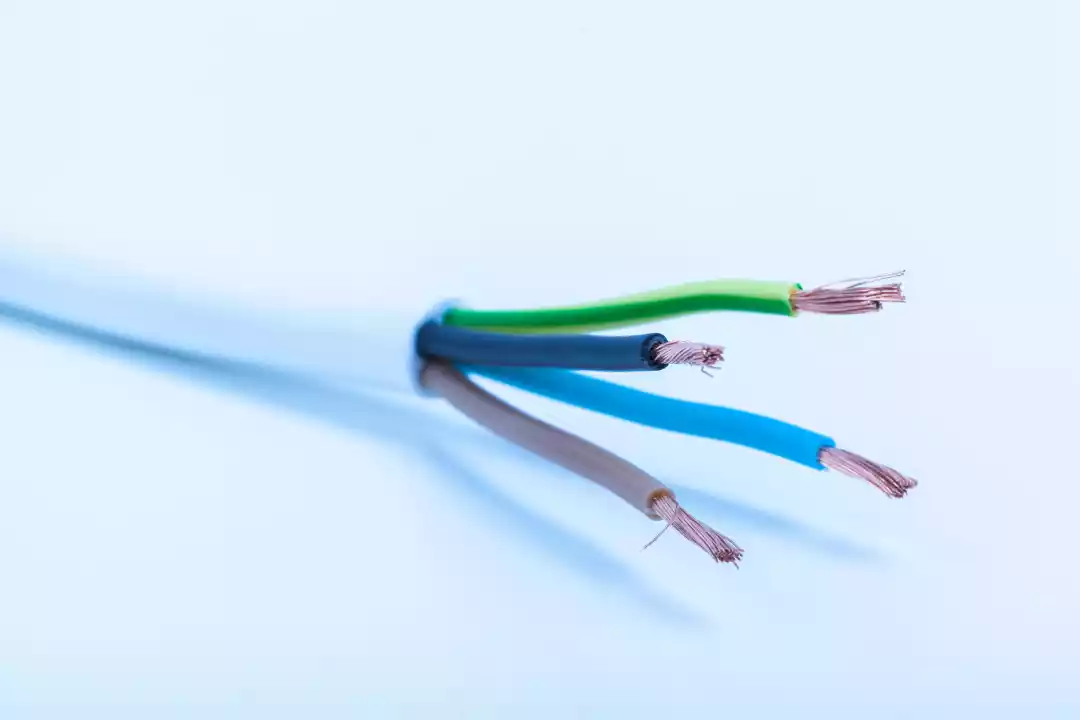What Are Electrical Connectors?
Electrical connectors are a wide variety of devices used to join two or more different components in an electrical circuit. The most basic type of connector is a wire splice, but there are many other types of connectors that serve a wide variety of purposes. Each connector has a unique function depending on its design and the materials used. Most connectors are made from copper and brass, however other materials, such as glass, steel, plastic, quartz, and ceramic, can also be used.
Connectors are used in a variety of applications, from military to home appliances. The most common uses for electrical connectors include joining two wires, transferring energy or signals, providing power to a device, or joining together multiple sets of data points. Connectors are also used to protect sensitive electronics from shocks or static electricity.
What Are Connectors Made Out Of?
Conductors and insulators make up the majority of the materials used in electrical connectors. Contact resistance, conductivity, mechanical strength, formability, and resilience are qualities that conductor materials should have. For a precise fit, insulators need to have high electrical resistance, withstand high temperatures, and be simple to fabricate. Due to their excellent conductivity and malleability, copper alloys are typically used to make connection electrodes. Brass, phosphor bronze, and beryllium copper are substitutes. It is common practice to coat the base electrode metal with an inert metal like gold, nickel, or tin.
The use of coating materials with superior conductivity, mechanical robustness, and corrosion resistance reduces the impact of passivating oxide layers and surface adsorbates, which limit metal-to-metal contact patches and increase contact resistance. For instance, copper alloys provide strong mechanical electrode materials but are corrosive and challenging to solder. Copper pins are frequently gold-plated to prevent these risks, especially for analogue signals and high-reliability applications.

Need assistance finding electrical inspections near you?
Get a QuoteHybrid Connectors
Hybrid connectors are connectors that can be used for a variety of tasks. Hybrid connectors typically integrate many connector types into a single device. When working with a wide range of input and output signals, this style of connector can eliminate the need for numerous different types of cables. The most typical hybrid connector is a socket and plug connector, which enables the connection of both input and output signals on a single wire.
By adopting a housing with inserts, hybrid connections enable the blending of various connector types. The intermixing of electrical and non-electrical interfaces may also be possible in these housings; two examples of the latter are pneumatic line connectors and optical fibre connectors. Hybrid connectors typically make assembly, maintenance, and future modifications easier because of their modular nature. Additionally, they enable the production of composite cable assemblies, which, by minimising the quantity of separate cable and connector assemblies, can speed up equipment installation.
Hyperboloid Contacts
Hyperboloid contacts are a type of connector designed for very high frequencies. These contacts utilize a unique geometry that reduces electromagnetic interference. This type of contact is commonly used in high-frequency transmission lines, such as radio frequency and high-speed digital networks. Hyperboloid contacts are also used in fibre optic connectors, where the contacts must be able to transfer data signals quickly and accurately.
Traditional pin and socket designs might not be able to provide guaranteed signal stability in harsh situations. Hyperboloid connections are made to tolerate more rigorous physical pressures like shock and vibration. Additionally, they require about 40% less insertion force than zero insertion force connectors - as little as 0.3 newtons (1 oz) per contact - which increases lifespan and in some circumstances provides an alternative.
Plug And Socket Connectors
The most typical connector used in consumer applications is a plug-and-socket connector. These connectors have two components: a plug that goes into the socket and a socket that attaches to the device. From mobile phones to TVs and home appliances, plug-and-socket connections are utilised in a wide range of devices. Although there are many different types of plugs and sockets in use, they are all made to make an electrical connection between two devices.
In conclusion, sockets and electrical connectors play a vital role in our connected world. From consumer electronics to industrial applications, these components help us transfer data, power, and signals safely. It is important to understand the different types of connectors available and choose the right type for the job at hand.
In this article:
